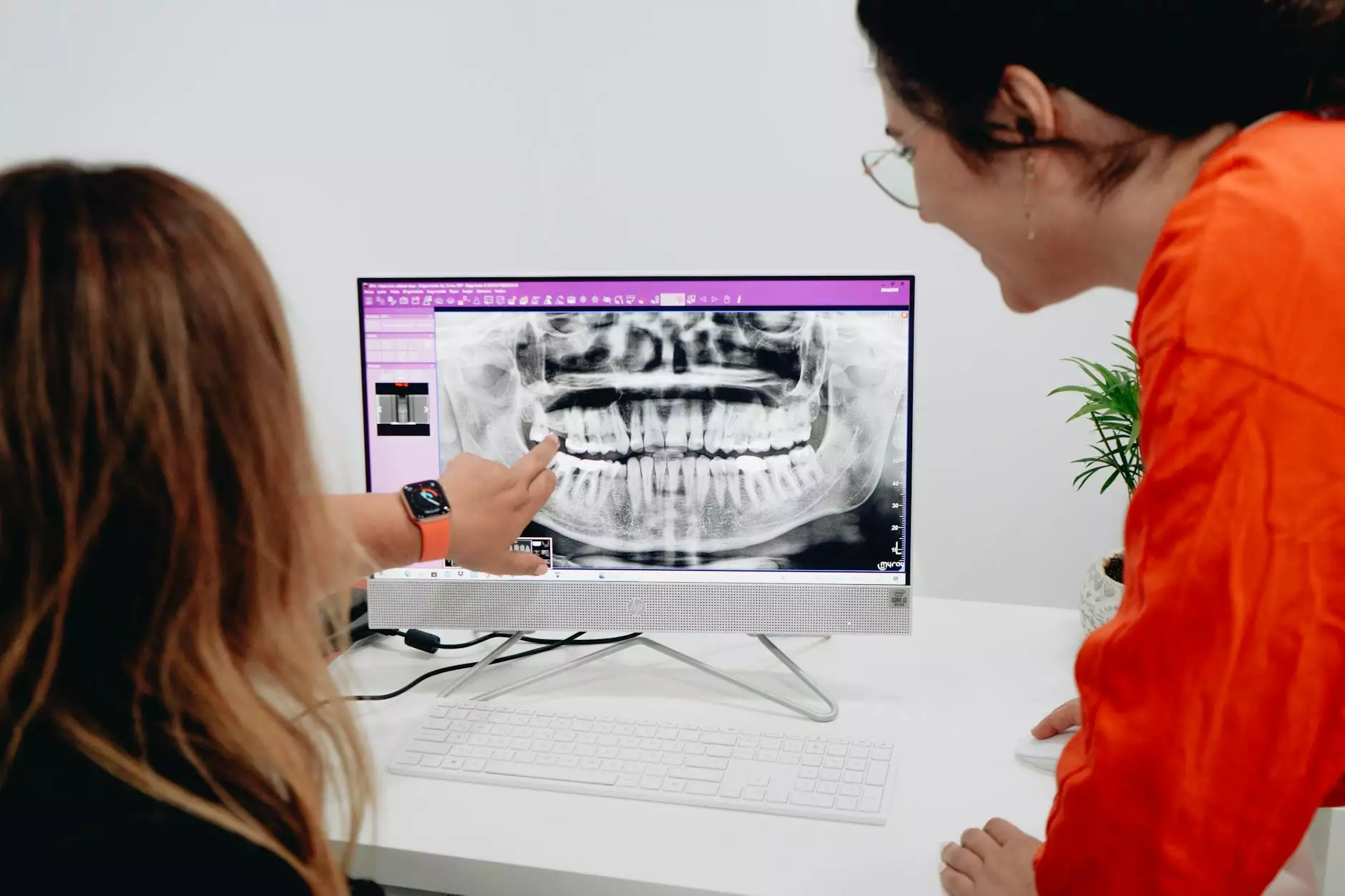How to Secure RDP Connection: A Comprehensive Guide

In today's digital age, remote desktop protocols (RDP) are essential for businesses seeking to enhance productivity and efficiency. However, securing an RDP connection is paramount to prevent unauthorized access and potential data breaches. This guide explores comprehensive strategies, best practices, and tools to help you secure your RDP connections effectively.
Understanding RDP: The Basics
Remote Desktop Protocol (RDP) is a proprietary protocol developed by Microsoft that allows a user to connect to another computer over a network connection. It provides a graphical interface to the user for connecting to another computer and is widely used in various IT services and computer repair scenarios.
Why RDP Security is Critical
As organizations increasingly adopt remote work policies, the risk associated with unprotected RDP connections rises. Cybercriminals often exploit weak RDP security settings to launch attacks such as:
- Brute Force Attacks: Attackers attempt to guess passwords to gain access.
- Credential Theft: Intercepting username and password information.
- Data Breaches: Unauthorized access leading to sensitive data exposure.
- Ransomware Infections: Gaining entry to encrypt valuable data for ransom.
Best Practices for Securing Your RDP Connection
To mitigate risks, follow these best practices for enhancing RDP security:
1. Use Strong Passwords
Weak passwords are one of the leading causes of security breaches. Ensure that all user accounts connected via RDP are protected with complex passwords consisting of:
- At least 12 characters
- A mix of uppercase and lowercase letters
- Numbers
- Special characters
2. Enable Network Level Authentication (NLA)
Network Level Authentication adds an additional layer of security by requiring users to authenticate before establishing a session. This significantly reduces the risk of unauthorized access.
3. Limit User Access
Grant RDP access only to users who absolutely need it. Role-based access control (RBAC) can be implemented to restrict access based on user roles. Make sure to:
- Remove unnecessary accounts.
- Regularly review user permissions.
4. Change the Default RDP Port
By default, RDP listens on port 3389. Changing this to a different port can help reduce the risk of automated attacks. Remember to configure your firewall to allow traffic through the new port.
5. Implement Two-Factor Authentication (2FA)
Enable two-factor authentication for an extra layer of security. This requires users to provide two forms of verification before accessing the system, such as a password and a mobile authentication code.
6. Use a Virtual Private Network (VPN)
Consider setting up a VPN to encrypt the data transmitted between the user and the server. This ensures that even if a cybercriminal intercepts the data, they cannot decrypt it without the proper credentials.
The Role of Firewalls in RDP Security
Implementing a robust firewall provides an initial line of defense against unauthorized access attempts. Ensure that:
- Only necessary ports are open.
- Intrusion Detection Systems (IDS) are set up to monitor and analyze traffic.
Monitoring and Auditing RDP Access
Regularly monitoring RDP access logs can help detect suspicious activities. Use tools to audit RDP sessions, track login attempts, and identify potential unauthorized accesses.
Logging RDP Sessions
Ensure that your system logs all RDP sessions. Configuring your system to keep detailed logs allows you to review who accessed the system, when, and from where.
Common Tools for RDP Security
There are various tools available that aid in securing RDP connections:
- Microsoft Remote Desktop Gateway: Provides secure remote access through HTTPS.
- RDPGuard: Protects from brute-force attacks by blocking IP addresses that exceed login attempts.
- Netplwiz: A Windows utility to define specific settings for remote access.
Conclusion: Prioritizing RDP Security
Securing RDP connections is not merely an option; it is a necessity for businesses that rely on remote access solutions. Implementing the strategies outlined in this guide can significantly enhance your RDP security posture.
By investing in robust security measures, utilizing the right tools, and maintaining constant vigilance, you can protect your organization against the various threats posed by unprotected RDP connections. As cyber threats continue to evolve, so too must your security strategies—making it crucial to stay informed about the latest developments in RDP security.
Final Tips for Enhanced RDP Security
As a final note, make security a continuous practice rather than a one-off event. Regularly update your systems, educate your employees on security protocols, and stay informed about the latest security threats and vulnerabilities. A proactive approach will help ensure that your RDP connections remain secure.
how to secure rdp connection








